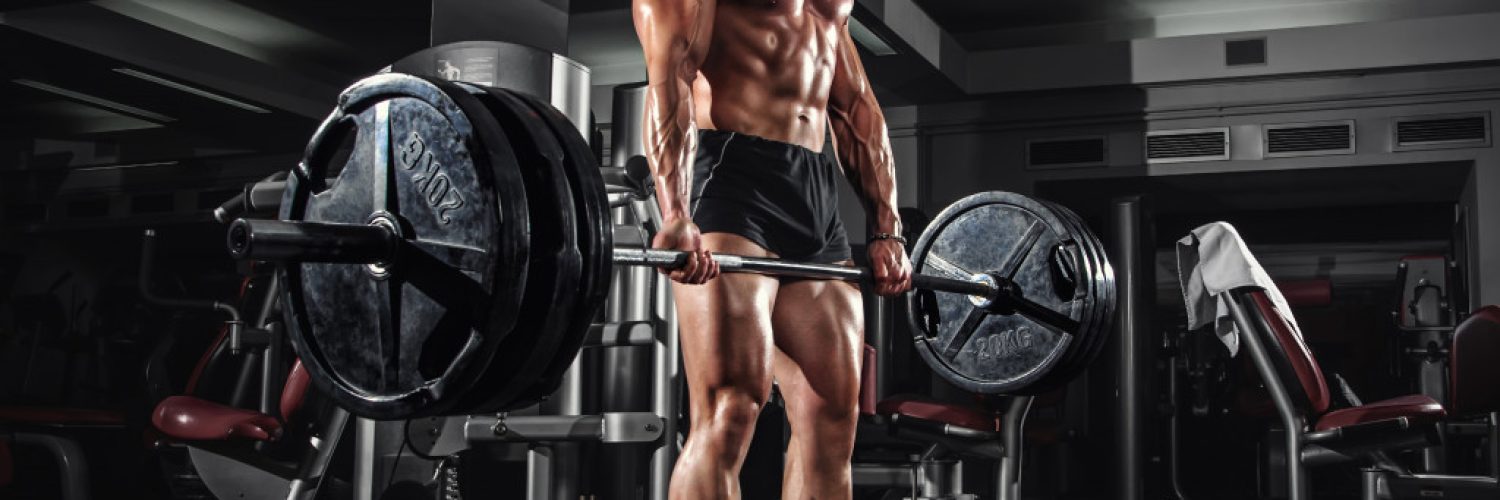Many fitness enthusiasts enjoy fitness for their health benefits. Many like it for the rush it gives them. Some do it to look good, but a few enjoy it for the athletic benefits it provides. Of course, elite athletes are known to use intense and complex training regimens to increase their athletic abilities. But for regular people who enjoy casual sports but would still like to do better, here are some exercises that can help you improve your performance in sports.
Kettlebells and Deadlifts
Any athlete who’s gone through serious training has done both kettlebell swings and deadlifts. They’re time-tested and scientifically proven exercises that work for all kinds of sports. Training your posterior chain has a drastic boost to your overall performance, as there is very little physical motion in sports that do not involve the legs or lower back. Deriving power from the ground involves using the glutes, hams, hips, and lower back, making kettlebell swings and deadlifts very effective exercises.
Consider including kettlebell swings and their variations to your routine. Not a lot of casual lifters like kettlebell swings as there’s a learning curve, but put in the time and effort to learn it. You won’t regret the health and athletic benefits it can give you. Alternatively, playing with how you do your deadlifts, such as high intensity versus density, dynamic motions, or even using bands instead of weights can also help.
High-Knee and Dynamic Footwork Drills
Footwork is a very important aspect of any sport. Since gravity governs us all, using the right footwork and training yourself to be strong and limber enough to optimize your movement is crucial to improving sports performance. While combat sports have long used footwork drills, it is only recently that sports of all kinds started including it in their training regimen.

High knees, rapid steps, and sprint-jog-sprint exercises are great movements to engage your fast-twitch muscles. They also condition your joints to respond to explosive and dynamic movements. Adding these types of exercise into your routine will benefit not just your muscles but also your spatial awareness in controlling which body part goes where.
Box Jumps
When it comes to leg power and being explosive, nothing comes quite as good as box jumps. It engages multiple lower body muscles, including the quads, the glutes, the hamstrings, and of course, the calves. The lower body is an often-ignored muscle region, especially by those working out to look “fit.”
Many gyms come equipped with the plyometric equipment commonly used for box jumps, making adding them to your routines relatively easy. However, even if your gym does not have a foam box, you can still opt for standing vertical leaps. You won’t have a solid marker for progression, but still being able to engage your jumping power can do a lot in improving your power and explosiveness.
Calisthenic Exercises
Long before the invention of specific-use machines and isolated exercises, athletes trained their bodies almost exclusively via bodyweight exercises. While it might seem old, they’re still very much effective. After all, it is our own bodyweight that we’re moving around in conjunction with whatever tool or thing we use for sports.
Calisthenics largely involves compound motions (although there are variations that promote isolated growth). This makes it great for improving the whole body’s muscular coordination, something which almost every sport uses. Perhaps the best part about calisthenic exercises is how modular they can be. They can be added to almost any routine with very little problematic interference, making them a great way to mix up your current routine.
Try Some Functional Exercises
Construction equipment needs parts and components that work together to handle high workloads. In the same vein, the muscles need to be trained to function together. Large wheels, sledgehammers, sleds, and industrial-grade ropes might not seem like your average fitness equipment, but they work. Especially when used in a functional movement context, the motions necessary to use these types of equipment are great compound exercises that engage significant muscle groups.
While traditional equipment, such as barbells, dumbbells, and machines, is still beneficial, functional exercises offer something they don’t: freedom of movement. You can move your body in ways most appropriate for you, and you avoid motion-related constraints usually involved in conventional exercises. These exercises help in recruiting as many muscle groups as necessary, helping you develop holistic strength.
Not all exercises are the same. Many workouts exercise a certain body part for a certain function. Knowing what you need out of an exercise will help you find the best workout for you, especially if you’re enhancing your athletic capabilities.

